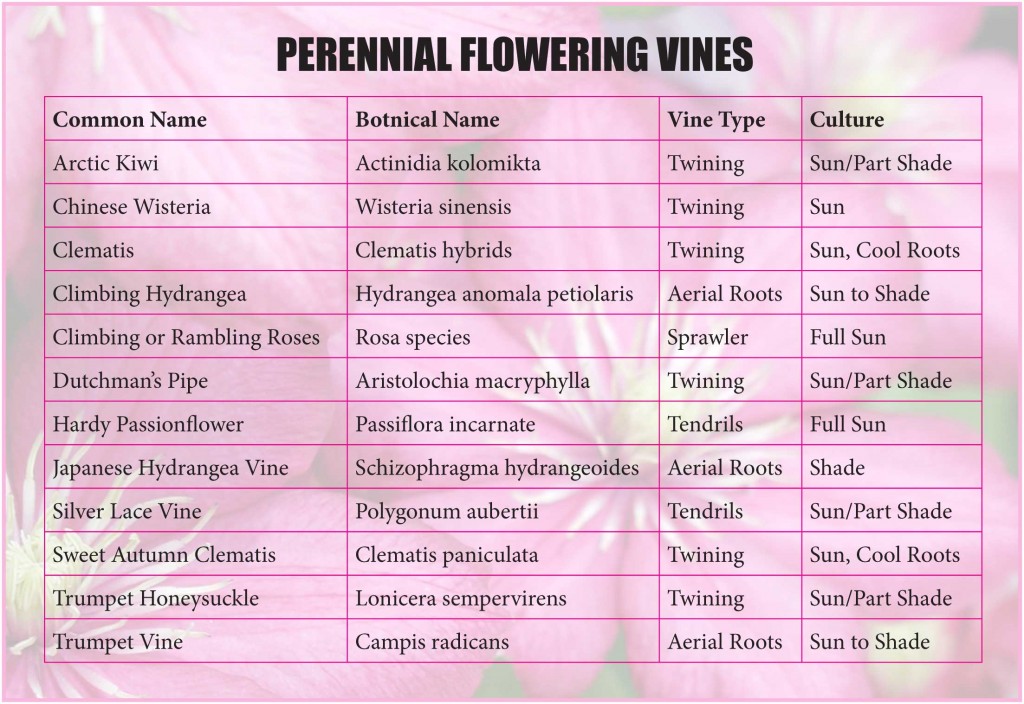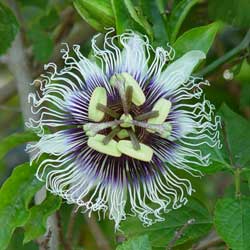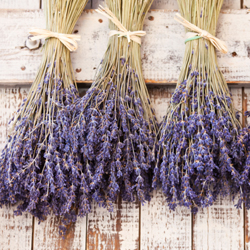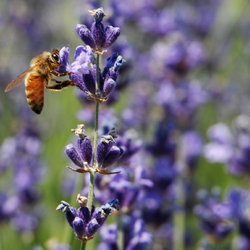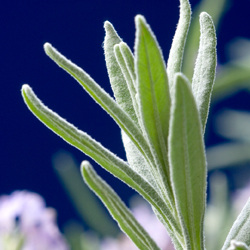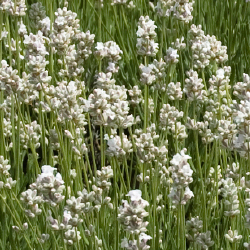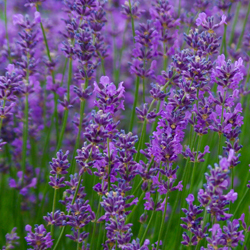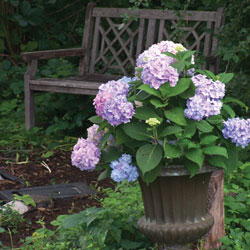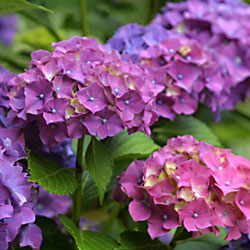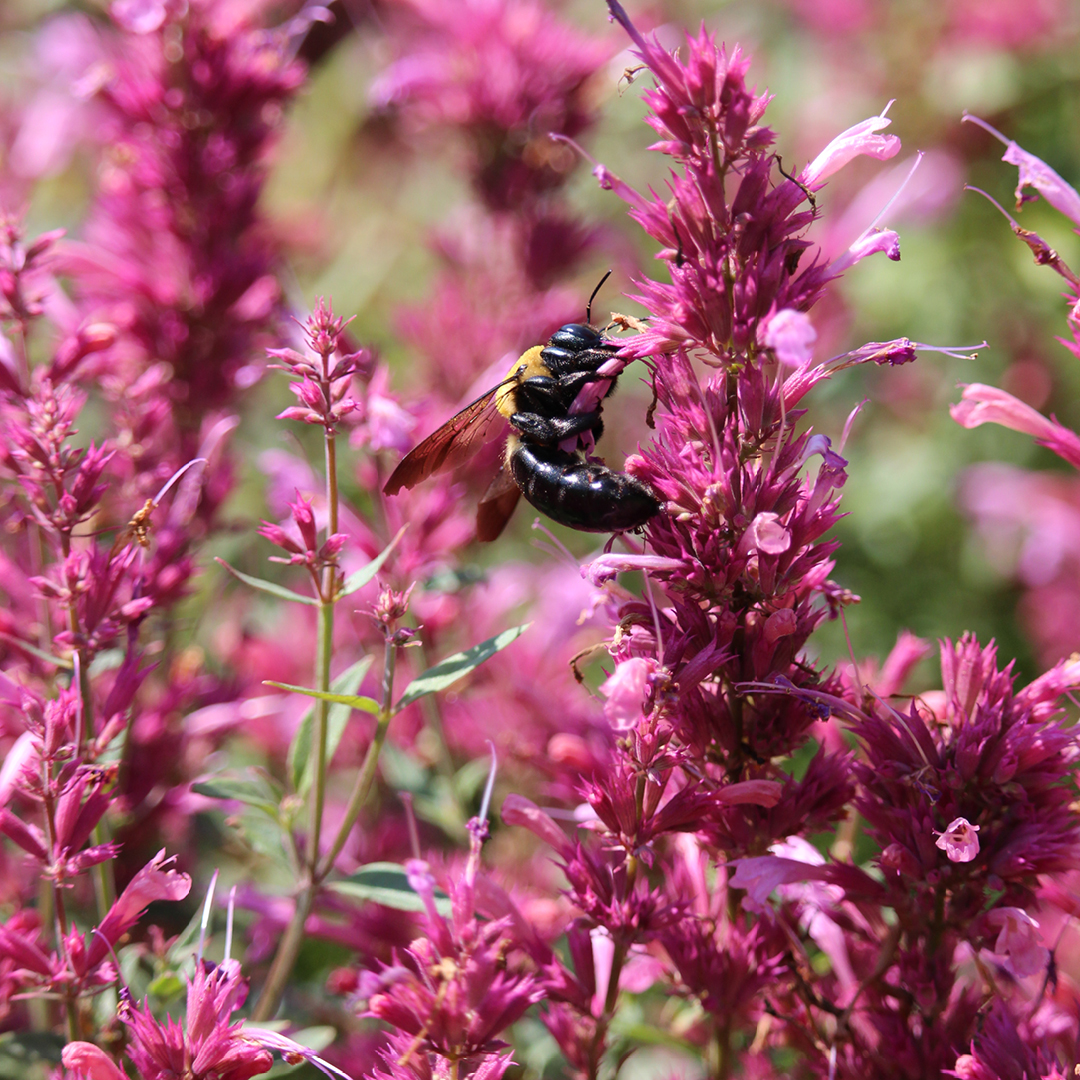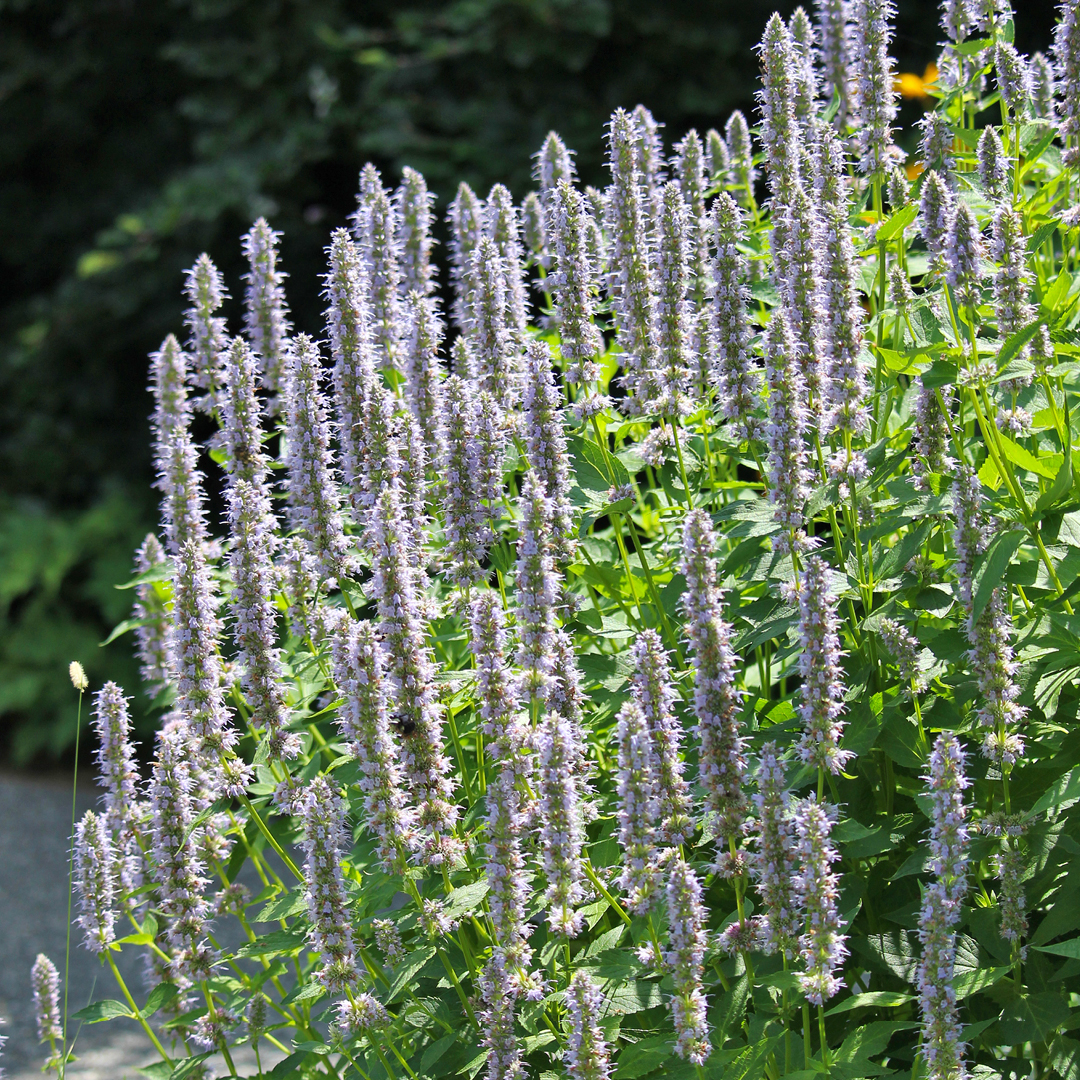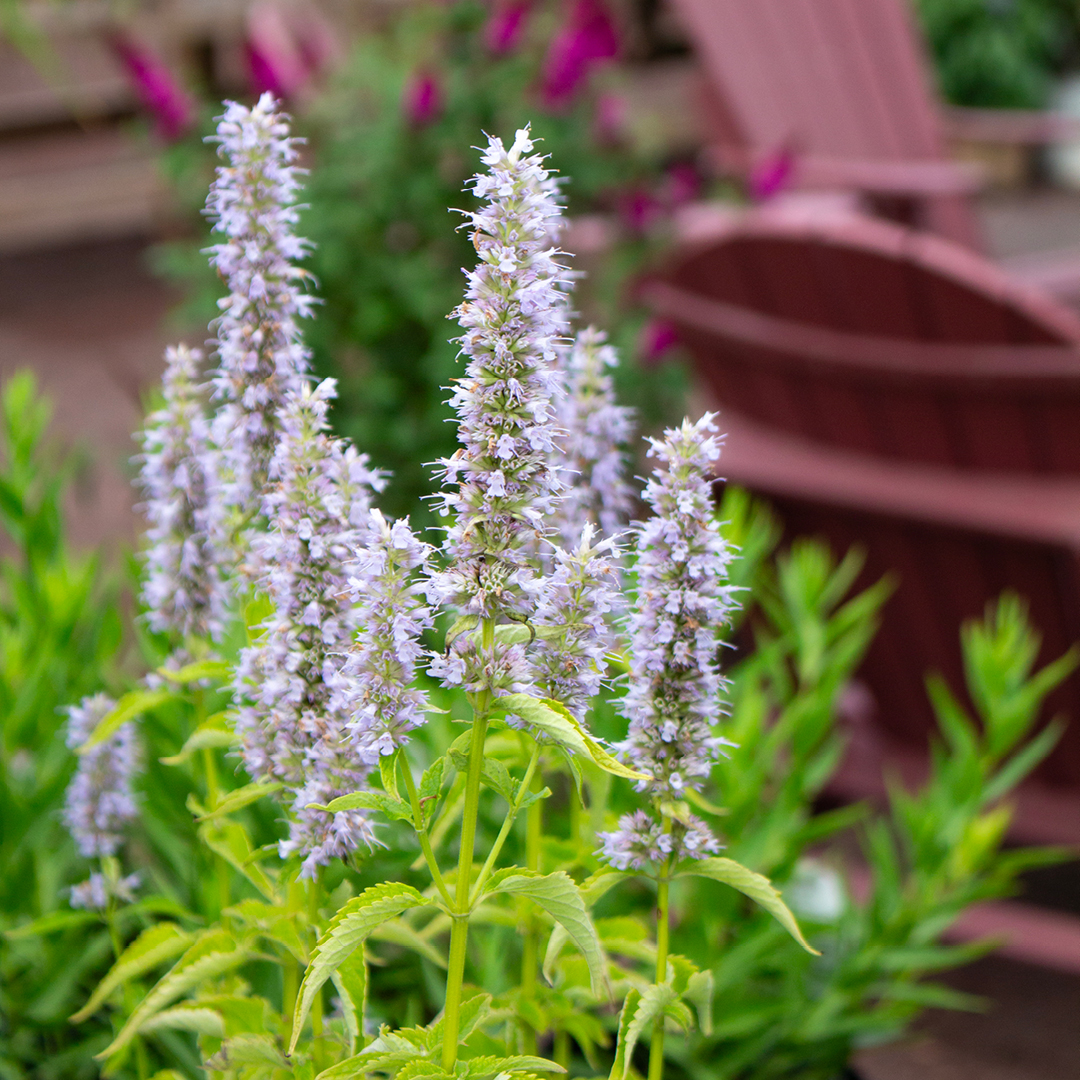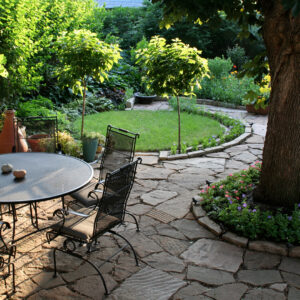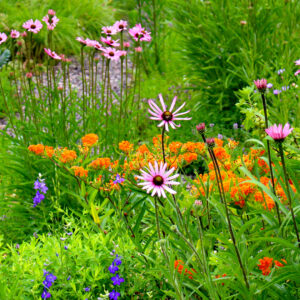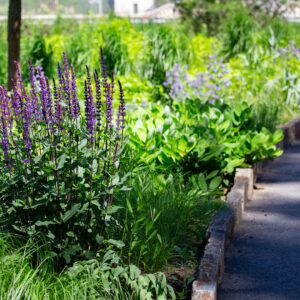About
Joe Pye Weed is native to North America and thrives in the eastern United States and Canada, USDA Hardiness Zones 4 through 9. It typically grows in moist, well-drained soils along streams, in meadows, and at the edges of woodlands. This plant can reach heights of 3 to 7 feet, with some species and cultivars growing even taller. The lance-shaped leaves are arranged in whorls around sturdy stems, which can be purple or green. The flowers, blooming from mid-summer to early fall, form large, dome-shaped clusters that are particularly attractive to bees, butterflies, and other pollinators.
As a native plant, Joe Pye Weed supports local ecosystems by providing nectar and pollen for pollinators. Its tall stems also offer habitat and shelter for various insects and birds. As an added benefit, it is highly resistant to deer and bunny browsing.
Joe Pye Weed Species & Cultivars
Sweet Joe Pye Weed (E. purpureum)
Typically grows 4 to 7 feet tall with vanilla-scented pinkish-purple flowers.
Cultivars:
- ‘Little Joe’: A compact form reaching 3 to 4 feet, ideal for smaller gardens.
- ‘Gateway’: Known for its robust growth and deep pink flowers, reaching 4 to 6 feet.
Spotted Joe Pye Weed (E. maculatum)
Distinguished by its spotted stems and lush, serrated leaves, growing 4 to 7 feet tall.
Cultivars:
- ‘Phantom’: A dwarf variety growing 3 to 4 feet tall with deep pink flowers.
- ‘Purple Bush’: Features dark purple stems and vibrant pink flower clusters.
Coastal Joe Pye Weed (E. dubium)
More tolerant of coastal conditions, typically 3 to 5 feet tall.
Cultivars:
- ‘Baby Joe’: A compact variety, growing up to 3 feet tall with rich mauve flowers.
- ‘Little Red’: Known for its red-tinged stems and bright pink flowers, reaching about 3 feet in height.
Planting & Maintenance
Planting Time: Plant Joe Pye Weed in the spring or fall, allowing the roots to establish before the extreme temperatures of summer or winter.
Spacing: Plants should be spaced 3 to 4 feet apart, depending on the variety, to accommodate their mature size and ensure good air circulation, which helps prevent disease.
Light: While it can grow in partial shade, Joe Pye Weed performs best in full sun, where it will produce the most abundant blooms.
Soil: Joe Pye Weed prefers moist, well-drained soil but can tolerate a range of soil types, including clay. It thrives in slightly acidic to neutral pH levels.
Water: Keep the soil consistently moist, especially during the first year after planting and in periods of drought. Established plants are somewhat drought-tolerant but still prefer regular watering.
Maintenance: Joe Pye Weed requires minimal maintenance. Cut back the stems to the ground in late winter or early spring to encourage new growth. Deadheading spent flowers will keep the plant looking tidy, although this is not necessary for the plant’s health.
Designing the Garden
Joe Pye Weed is a versatile, late-season perennial that offers numerous ecological benefits that make it a valuable addition to the home landscape and garden. Firstly, it is a powerhouse for pollinators, attracting a variety of bees, butterflies, and other beneficial insects with its nectar-rich flowers. This supports the local ecosystem by enhancing pollination for other plants in the area. Secondly, Joe Pye Weed provides habitat and food for caterpillars and other insect larvae, contributing to the lifecycle of many species. Its deep root system helps prevent soil erosion, improve soil structure, and retain moisture, making it an excellent plant for stabilizing areas prone to erosion. Additionally, as a native plant, Joe Pye Weed is well-adapted to local climates and soil conditions, reducing the need for synthetic fertilizers and pesticides. This contributes to a healthier, more sustainable garden environment. By planting Joe Pye Weed, gardeners can enhance biodiversity, support pollinator populations, and promote soil health.
Here are some ideas for Joe Pye’s use in the landscape garden:
- Pollinator Gardens
Joe Pye Weed is an excellent addition to pollinator gardens. Its late-season blooms provide essential nectar for butterflies, bees, and other pollinators. Pair it with other native plants like coneflowers (Echinacea), black-eyed Susans (Rudbeckia), and milkweed (Asclepias) for a diverse and attractive pollinator haven. - Back of the Border
Due to its height, Joe Pye Weed is ideal for the back of the border in mixed perennial beds. It creates a dramatic backdrop for shorter plants and helps add vertical interest. - Meadow and Prairie Gardens
Incorporate Joe Pye Weed into meadow or prairie-style plantings, where it can naturalize and spread. Its tall, airy flower heads blend beautifully with grasses and other wildflowers. - Rain Gardens
Joe Pye Weed thrives in moist conditions, making it a perfect candidate for rain gardens. Plant it in areas that receive runoff or where water tends to collect after rain. - Cut Flowers
The sturdy stems and long-lasting blooms make Joe Pye Weed an excellent choice for cut flower arrangements. Harvest the flowers when they are fully open for the best vase life.
Joe Pye Weed, with its striking, abundant, late-season flowers, attraction to pollinators, minimal care requirements, and diversified use, is a perennial that is invaluable in the home landscape. It is a North American jewel that all gardeners in zones 4 through 9 should include in their native plant collection.
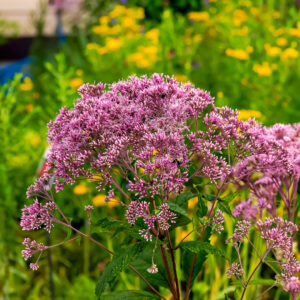
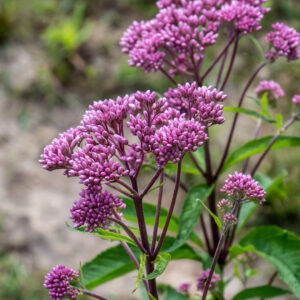
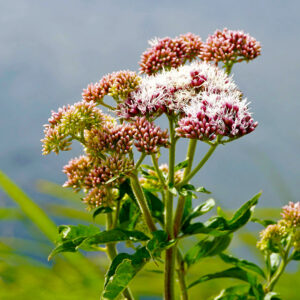


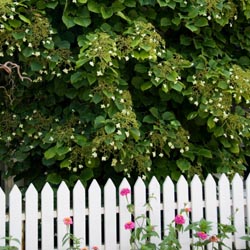
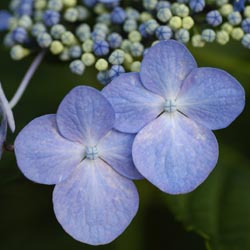

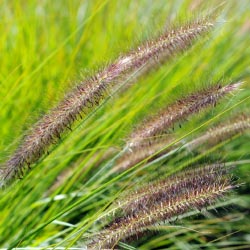
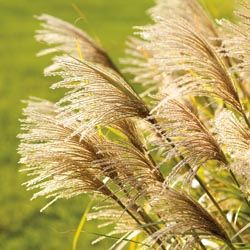
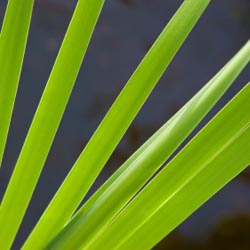
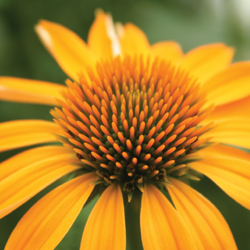
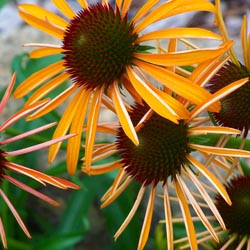
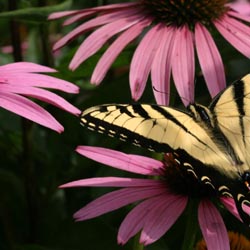
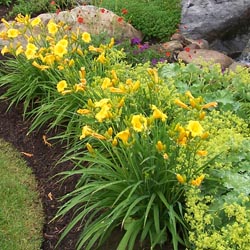
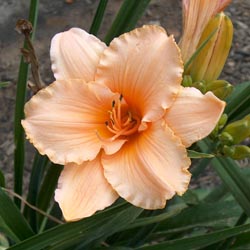
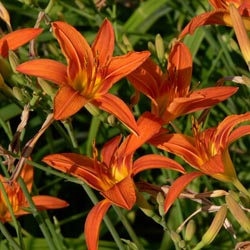
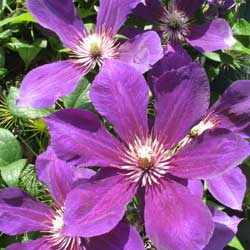 Vines are valuable and versatile plants that provide a remarkable vertical display while using minimal ground space. Offering an extensive mixture of decorative foliage, flowers, fruits and fragrance, vines are generally fast-growing, relatively pest-free and require minimal maintenance.
Vines are valuable and versatile plants that provide a remarkable vertical display while using minimal ground space. Offering an extensive mixture of decorative foliage, flowers, fruits and fragrance, vines are generally fast-growing, relatively pest-free and require minimal maintenance.